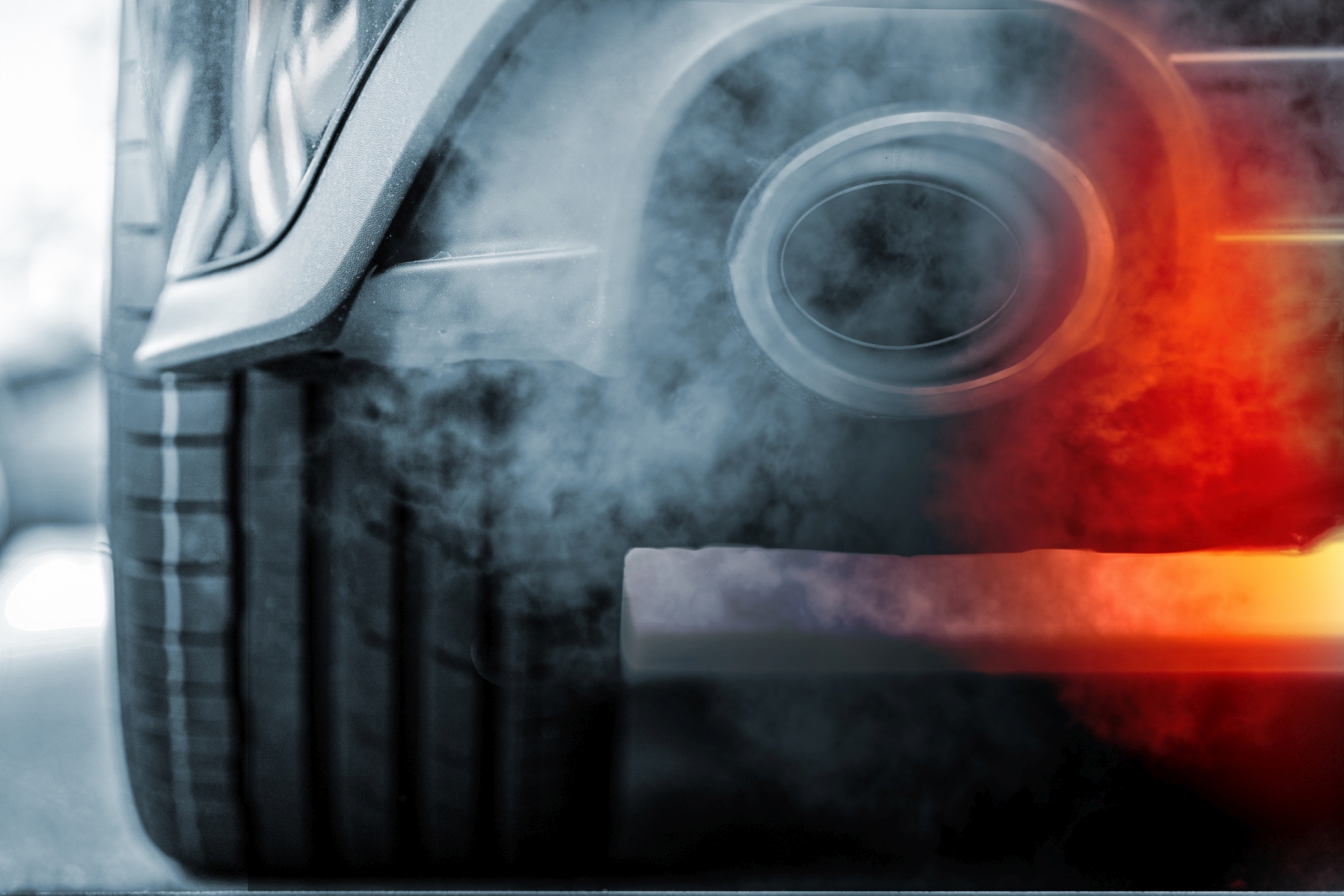Emissions system – what do you need to know?
Emissions System
In the old days, your car just had an exhaust pipe. With the increasing concern for the environment, the drive to minimize emissions ofCO2, nitrogen, soot and other harmful substances, the exhaust has become an “exhaust system. Exhaust gases became “emissions,” and the exhaust system was fitted with more and more components and additional things – catalytic converters, lambda probes, sensors, particulate filters, AdBlue – to reduce the emission (discharge) of harmful exhaust gases. Thus, cars with internal combustion engines received a true “emissions system.
Exhaust basis of emission system
We already mentioned the exhaust, which exhausts the combustion gases. Just watch this video to get an idea of the awesomeness of an engine without an exhaust and emissions system. Traditional exhaust is not just a pipe under the car. It begins with the exhaust manifold, which carries the exhaust gases from the individual cylinders from the cylinder head to the exhaust pipe and catalytic converter. Then the exhaust gases pass through the intermediate and final mufflers, which mainly muffle the sound. The center muffler also provides the necessary back pressure in the engine so that it can deliver optimum power. Only from the final muffler on is the exhaust system slightly visible. Therefore, the end muffler also has a visual function, as a sporty or decorative accent. Of course, the exhaust system must be gas-tight from front to back and properly attached to the bottom of the car.
Catalyst in emission system
In automotive terms, “the catalytic converter” is the part of the exhaust that neutralizes harmful gases. The catalytic converter has been a mandatory part of the emissions system since 1992 and is mounted in front of the center muffler. Chemically speaking, a catalyst is a substance that affects a chemical reaction without changing it itself. The catalytic converter in the emission system is a kind of drum that contains precious metals. Those precious metals, through a chemical reaction, transform the harmful gases from the engine into harmless substances, which are then discharged through the exhaust pipe.
Lambda sensor in emission system
The lambda sensor is a sensor in the exhaust. The exhaust gases flow past the probe, which measures the oxygen content and relays that information to the engine management. Based on this, the engine management adjusts the ratio of fuel to air for optimal combustion and thus the highest possible efficiency of the engine and the cleanest possible exhaust gases.
Soot filters
The combustion of diesel fuel also releases tiny soot particles. Therefore, the emission system of cars with diesel engines today includes a particulate filter, or diesel particle filter. It filters most of the soot particles from the exhaust gases; this works better on long trips than on short ones. Like any filter, a particulate filter gets full at some point. Sensors detect this, and then the electronics of the emissions system, engine management and fuel injection, with a small dose of extra fuel, ensure that the temperature of the exhaust gases is temporarily high enough to burn and remove the soot collected in the filter. Again, this is best done during a long drive so that the process can be carried out fully. This “regeneration” makes the particulate filter ready to collect soot again.
Today, most gasoline-powered cars are also equipped with a particulate filter to further reduce particulate emissions through the exhaust.
AdBlue in diesel emission system
To reduce nitrogen oxide (NOx) emissions from diesels, diesel engines of the latest generation (Euro 6d temp) are equipped with an AdBlue system. AdBlue is an additive that virtually eliminates NOx emissions. As a result, the latest diesels are now comparable to gasoline cars in terms of NOx emissions.
EGR valve
EGR is an abbreviation for Exhaust Gas Recirculation or exhaust gas recirculation. This means that exhaust gases are reused in the combustion process in the engine. The EGR valve ensures that exhaust gas is returned to the combustion chambers. This reduces the amount of air needed from outside, which reduces the oxygen content. Because of the lower oxygen content, the temperature during combustion is also lower and the engine produces less nitrogen oxide. The disadvantage of EGR is that diesels emit more soot, but that’s where the particulate filter comes in.
Sensors and computers in emissions system
All components and systems are controlled by the engine management system, based on sensors at various locations in the emission system. After all, the more efficiently an internal combustion engine runs, the less fuel it consumes. And the more economical the engine is, the fewer harmful emissions are released and the more effectively the emissions system works.
Also read:

